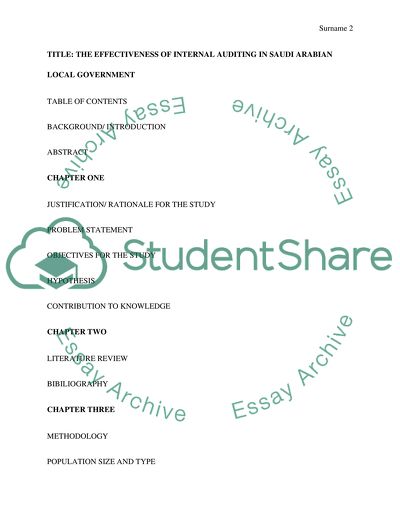Cite this document
(“The Effectiveness of Internal Auditing in Saudi Arabian Local Essay”, n.d.)
Retrieved from https://studentshare.org/finance-accounting/1393185-effectivness-internal-auditing
Retrieved from https://studentshare.org/finance-accounting/1393185-effectivness-internal-auditing
(The Effectiveness of Internal Auditing in Saudi Arabian Local Essay)
https://studentshare.org/finance-accounting/1393185-effectivness-internal-auditing.
https://studentshare.org/finance-accounting/1393185-effectivness-internal-auditing.
“The Effectiveness of Internal Auditing in Saudi Arabian Local Essay”, n.d. https://studentshare.org/finance-accounting/1393185-effectivness-internal-auditing.


